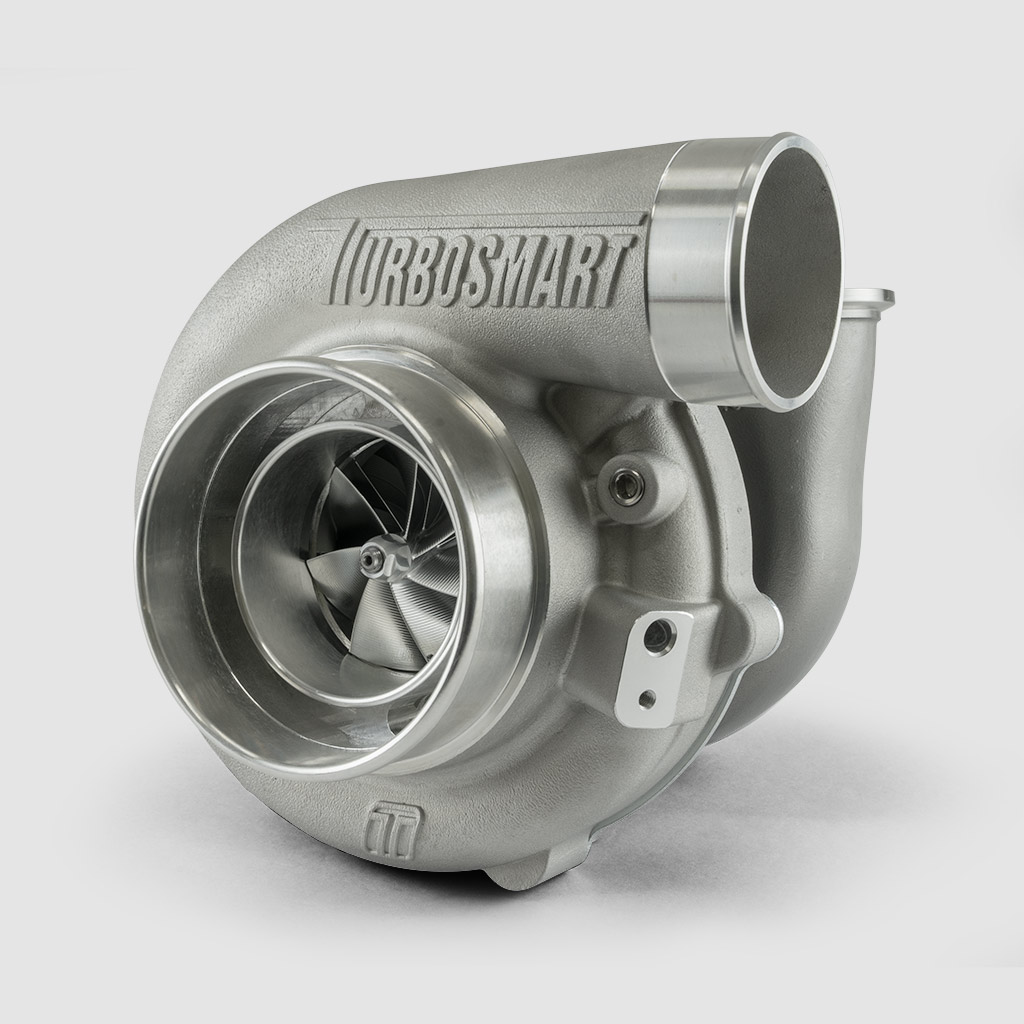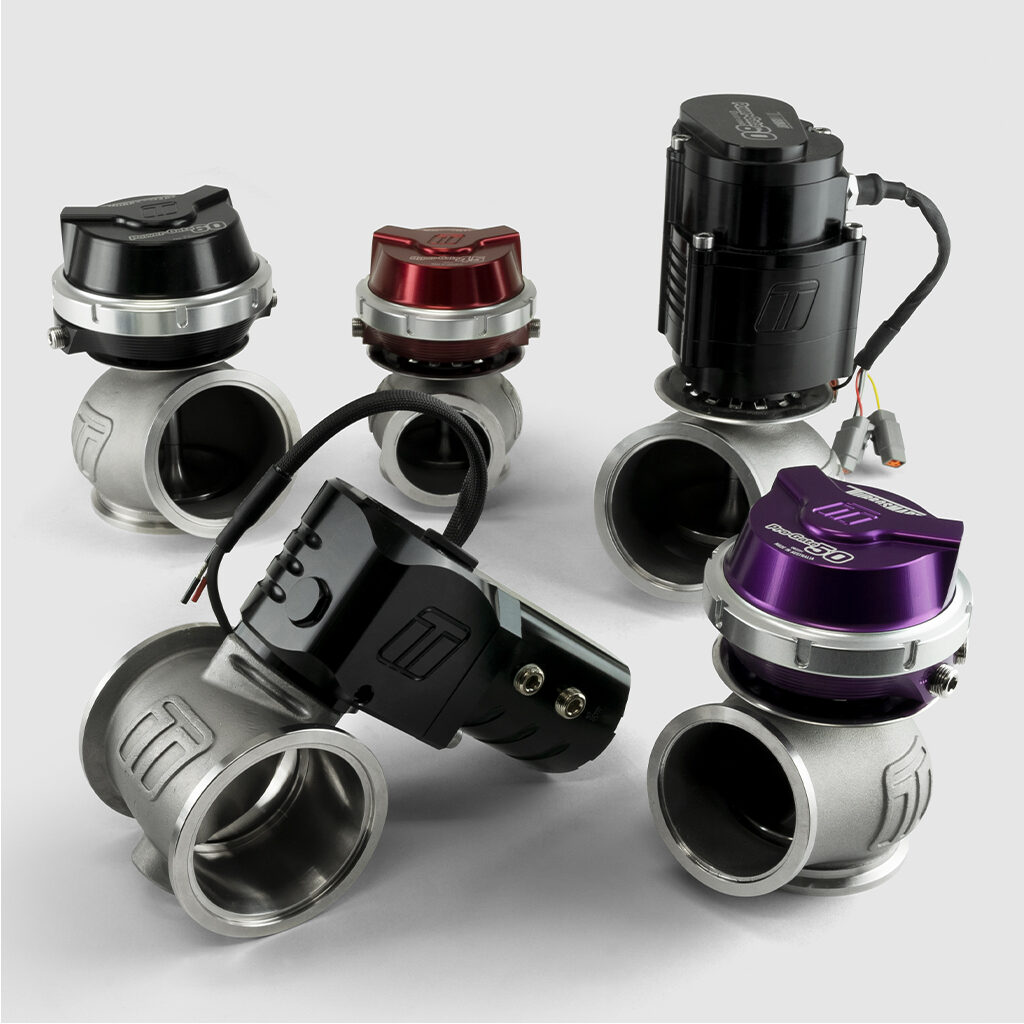Turbo eats rag, and 10 other engaging fables on how to void your turbo warranty:
1 – Never go in dry! There’s always time for lubricant!
Check your oil supply lines, filters and oil feed.
Now, go back and recheck them. Inadequate lubrication is the single most common form of turbocharger failure.
2 – Read the instructions. Go on, turn this page over and read the instructions. Now follow the link in the QR code and register your turbo to get access to the entire warranty period, along with service updates, exclusive offers, in-depth manuals, and troubleshooting guides.
3 – Turbo eats rag. Don’t be that guy; check your intake pipe and ensure nothing is left in the pipework that your turbo will consume on startup. Foreign object damage is the second most common form of turbocharger failure and can be avoided by taking a moment and taking a deep breath. Double checking nothing is going to end up getting sucked into the turbo that shouldn’t.
4 – Know your limits and ALWAYS set up a boost cut; we all make mistakes occasionally; don’t let it be this one.
5 – Get drained. Oil drainage on your turbocharger is almost as important as oil delivery. Always use high-quality fittings and a drain hose with a large internal diameter, and make sure the turbo drain is above your sump; gravity is the only thing encouraging oil to leave that turbo, so make sure it’s working for you. If your turbo is mounted below the oil level in your sump, google “scavenge pump”.
6 – Cleanliness is next to godliness. Did your previous turbocharger fail to spread itself across your charge pipe, intercooler, oil system, and exhaust while you weren’t looking? Clean everything. Then double-check it! Recheck it; leftover debris will cause either direct or indirect havoc and quickly ruin your day. Clean the entire system thoroughly – It’s worth it
7 – Change your oil. Old contaminated oil is sadly a common cause of turbocharger failure. That black soot in your oil, when you drop it out of the sump during an oil change, is caused by wonderful particles of carbon building up in your oil – not only does this carbon cause the oil to turn black, but it also turns the oil into a very fine abrasive that over time erodes and polishes the turbo bearing surfaces causing premature bearing failure. Regular oil changes are like therapy but cheaper.
8 – Leaky pipe syndrome. The only practical reasons turbochargers don’t meet expectations are intercooler clamps, charge pipes, and hoses. You’ve paid good money for your lovely new collection of Boost; make sure you keep it where it belongs! Check that every clamp is in good condition and is tightened to specification. Make sure those pretty-looking hoses have no leaks and are serviceable, and there are no odd-looking stains near the welds or seals of your intercooler… Because guess what they are?!
9 – Pull it before you drill it – This one is important; if you are going to make use of the speed sensor port and install a turbo speed sensor, remember it doesn’t matter how experienced you are with a drill bit; the compressor cover needs to be removed from the turbo before drilling out the cover to receive the sensor.
10 – Have we mentioned the oil supply yet? We did, didn’t we? Well, guess what? We’ll repeat it. Oil supply, or lack thereof, is the number one cause of turbo failure. Turbosmart recommends new oil supply lines for every fresh turbo install. Why? Because low oil supply is also known as turbo death.
11 – Tell your friends about your newfound boosted pleasures; if you install a new Turbosmart turbocharger and don’t post it on social media, did you install a Turbosmart turbocharger???

